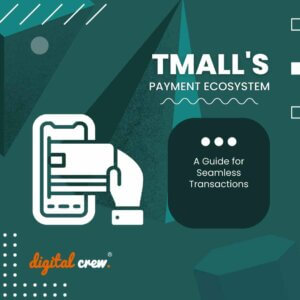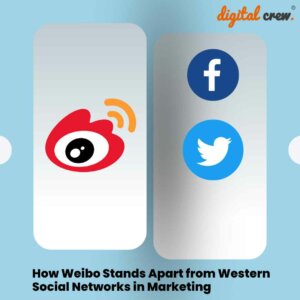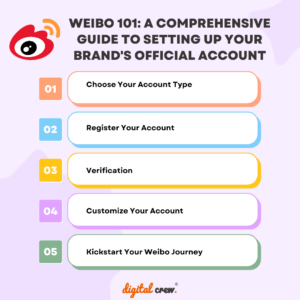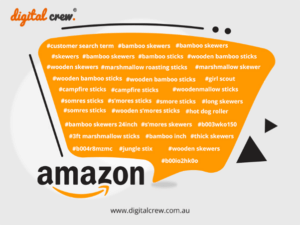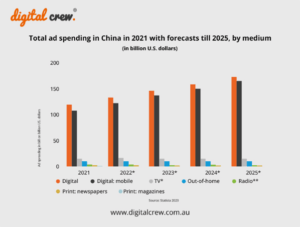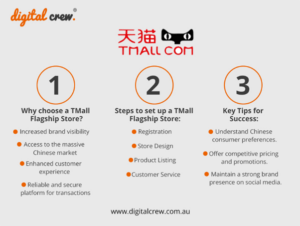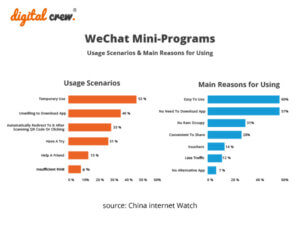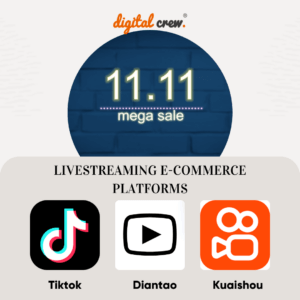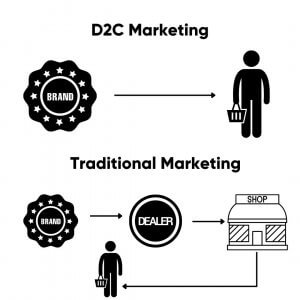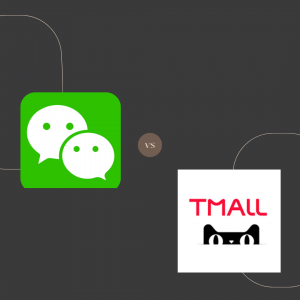In comparison to massive, centralized e-commerce platforms like Alibaba, e-commerce SaaS is still a small space.
When it comes to decentralized e-commerce, where the business owner has complete control over all data and the entire consumer experience, we’re really talking about WeChat e-commerce.
WeChat Ecommerce Market Size
Today, WeChat e-commerce is mostly conducted through mini programs, and in 2019, this totaled slightly more than USD $100 billion (GMV). This includes significant contributions from centralized marketplaces such as Pinduoduo. It should be noted that this is less than what Alibaba and JD accomplished in the same year’s 618 Shopping Festival alone.
Nevertheless, it is rapidly expanding and Covid has only aided the company. WeChat announced in 2020 that GMV for the first eight months in 2021 had more than doubled year on year, as users reached 400mm DAU. The lower cost of client acquisition is also appealing to businesses.
To understand WeChat Ecommerce, you must first grasp the distinction between public and private traffic.
Public Traffic Vs Private Traffic
Digital traffic and interactions within marketplaces such as Tmall and JD, as well as social content platforms such as TikTok and Xiaohongshu, are examples of public traffic. All brands who use these platforms for e-Commerce typically share traffic on them. In addition, most platforms have distinct traffic distribution rules.
Marketplaces that serve several companies are obviously not going to provide you all of the information they have. Sure, you’ll know who bought from you and what they bought, but you’ll have limited access to other information. The most crucial thing to remember is that the customer’s relationship is with the channel or marketplace, not with you. For example, on Alibaba, you don’t really build up loyalty with the merchants you buy from. Instead, you become a more enthusiastic supporter of Alibaba.
Private traffic, as you might expect, is the polar opposite. Private traffic is traffic that the brands have complete control over. This includes traffic to your own website, your own mini-program or an official WeChat or Weibo account. Furthermore, this is traffic that allows you to create a direct relationship with consumers and generate a higher long-term return on your investment.
We have already covered why private traffic is all the rage in China right now.
It’s All About Building Private Traffic
In terms of B2C, the two major marketplaces, JD and Tmall, account for more than 80% of the market share. However, that is not where internet consumers spend their time or learn about brands. According to McKinsey, 50% of online customers use social media to learn about brands, and 25% use it to make purchasing decisions.
That is hardly surprising given that people spend half their time online, on social media and social networks such as WeChat. So, if you’re a business, you have to wonder if it makes sense that you are spending your money on Tmall rankings, when your users are spending half of their time on WeChat and Weibo learning about new products. You need to meet them there.
This Series is about the evolution of solutions that work on top of WeChat and builds private traffic. We have previously covered WeChat itself, and its own e-commerce efforts over the years.
To know more about our WeChat marketing services, get in touch with us.










